Computer management with Windows Intune - Part 2: Prepare the environment
TipsMake.com - In this second part, I will show you how to prepare the environment and deploy client software for computers that need to be managed.
In the previous part of this series, we introduced Windows Intune, a Microsoft cloud service that manages and secures corporate computers from anywhere through the web interface. In part one, you already know the general knowledge about Windows Intune, in this part, we will introduce how to set up Windows Intune environment so that you can use it to manage computers in the company.
Note : This series is written based on the pre-release version of Windows Intune, in the final version there may be some new features not included in this version.
Set up Windows Intune
To set up an environment for Windows Intune, start by signing up for a 30-day trial or signing up for a service fee. You can do that on the main Windows Intune page here.
After you have registered to use Windows Intune, you need to use Windows Live to login to the Windows Intune Login page. This link will ask you to link the Windows Live ID to the Windows Intune registry, after you do this, you will be prompted to download and install Microsoft Silverlight on your computer if your computer does not have Microsoft installed. Silverlight before.
After the installation of Microsoft Silverlight, log into Windows Intune with the Live ID shown in the System Overview page of the Windows Intune web administration interface as shown in Figure 1 below.

Figure 1: Windows Intune web-based management interface using Microsoft Silverlight
Note:
If you have multiple Windows Intune subscriptions, you will first see a dialog box that allows you to choose to subscribe to manage. After making the selection, the web administration interface will appear to allow you to manage computers for that subscription.
Download client software
Before you can manage computers from the Windows Intune web administration interface, you must deploy Windows Intune client software to those computers. Therefore the next task in the preparation of the environment is to download this software. You can do this in one of the following ways:
- Log in to every computer you want to manage. Open Windows Explorer and log in to the Windows Intune administration interface. Select the Administration option (the icon is in the lower left pane) and click Client Software Download in the list of administrative tasks (see Figure 2 below). Follow the instructions on the website to prepare your computers, download and install client software on them.
- From the administrative workstation logged into Windows Intune, select the Administration option and click Client Software Download in the list of administrative tasks (see Figure 2). After you have finished preparing the computers (uninstall the existing antimalware programs on them), download the client software to your administrative workstation. Then copy this software to the shared folder in the network to be able to access it from any computer you want to manage or to a USB drive so that it can be copied directly to these computers. .
- From the administrative workstation, download the client software as option 2 above. Then use Group Policy Software Installation to deploy client software for managed computers. Note that computers must belong to an Active Directory domain if you want to implement this method.
Since we do not want to perform manually on each computer during the test, we did not use option 1. In addition, because there are a number of standalone computers and do not join the domain, we do not Use method 3. Therefore, in this tutorial, we will execute on method 2, copy the client software to the shared folder on the network, and then notify the user to install the software himself.
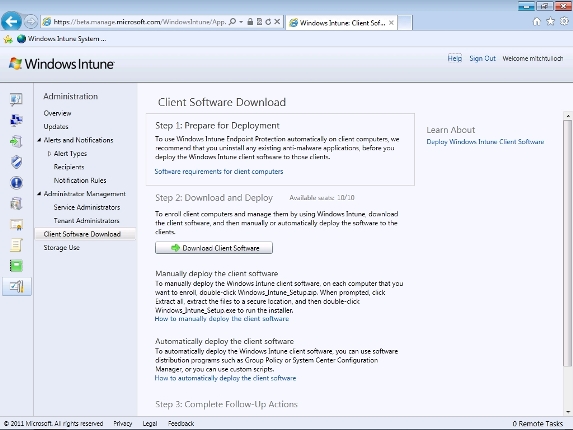
Figure 2: Download Windows Intune client software
To download the client software, click the Download Client Software button as shown in the image above. Users will then see an Open dialog box or Save compressed file containing client software (Figure 3):
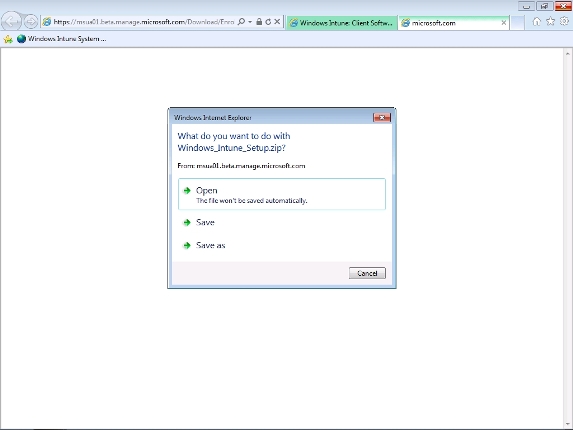
Figure 3: Download client software to deploy to computers
In this tutorial, the administrative workstations and computers that need to be managed are all virtual machines or dynamic within the Hyper-V environment, so we choose Save As in the above dialog and save the client software. Go to the shared folder on the Hyper-V host. When the software is saved in the shared folder on the network, we can right-click it and select Extract All to extract the software (see Figure 4) so that users can install it on their computers.
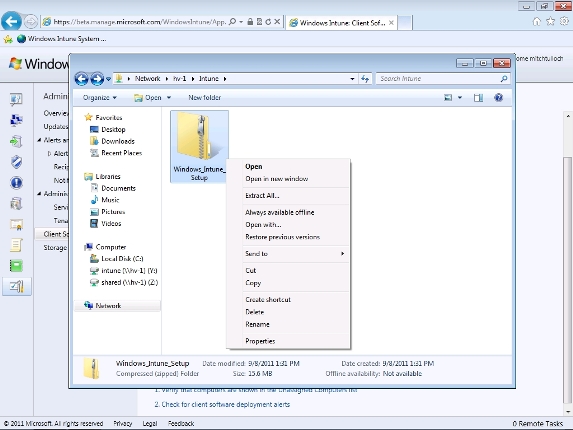
Figure 4: Save the client software on the shared folder and select Extract All.
Verify the location for extracting unzipped files (Figure 5):
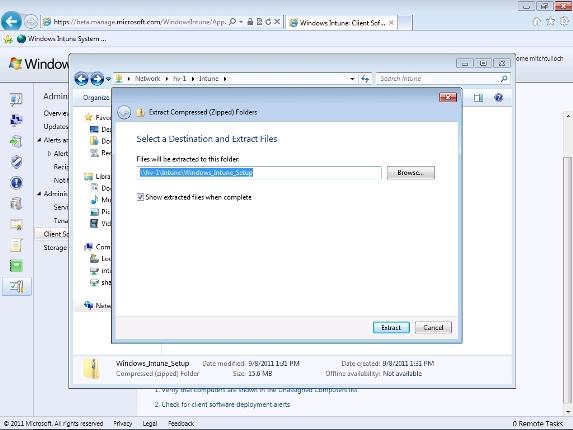
Figure 5: Unzip the client software so users can install it on their computer
Figure 6 shows the extracted files, including an installation file and an accompanying file. * .Accountcert is used to identify the organization and link client software to your Windows Intune registry:
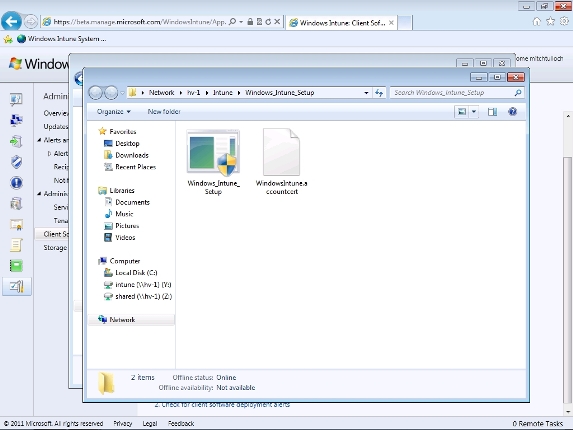
Figure 6: Client software files are decompressed
Install client software
Instructions for users in your organization how to access the shared folder to get the compressed software for the client software, double-click the Windows Intune Setup file to install this software on their computer. When you do this, your users will see the Windows Intune Setup Wizard screen as shown in Figure 7:
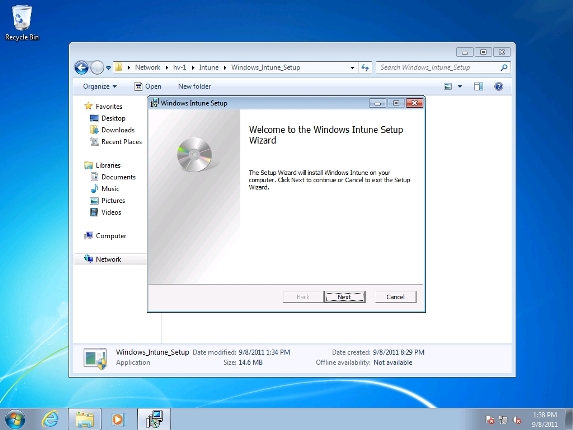
Figure 7: Step 1 of installing Windows Intune client software on the computer
The progress bar indicates the software installation process:
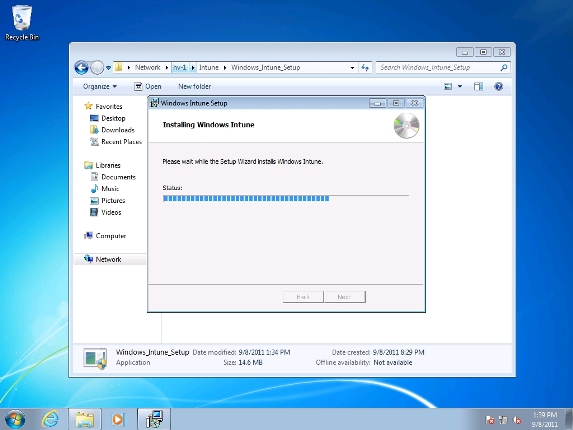
Figure 8: Step 2 during the installation of Windows Intune client software on the computer
Users will see a successful installation message:
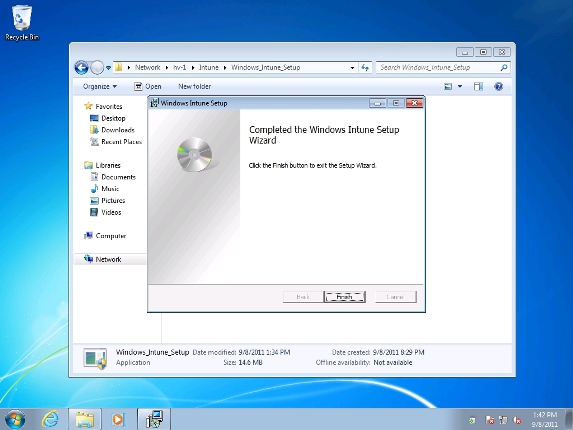
Figure 9: Successful installation of client software
At this point, the computers will automatically be enrolled in the Windows Intune account and you can manage it from anywhere via the web interface.
Conclude
In this section, I have shown you how to prepare the environment by setting up Windows Intune and deploying client software to managed computers on the network. In the next parts of this series, I will show you how to manage these computers from anywhere via the Windows Intune web administration interface.
You should read it
- Remote system management with the new Microsoft Intune application for Android
- Configure Always On VPN in Windows 10 with Microsoft Intune
- Remote management on Windows Server 2012 with Remote Management Service
- Cloud computing can develop in a relatively different direction in the next few years
- The NSA identifies 4 'critical' security vulnerabilities of cloud systems
- How to install Remote Server Administration Tools (RSAT) in Windows 10
- Cloud computing transforms how to prevent viruses?
- Microsoft launches Windows 365, a cloud operating system that can run on any device
May be interested
- PKI Tutorial - Part 2: Design
 in the first part of this pki tutorial series, we have an overview of how to prepare and plan your pki. in this second part, we will continue the introduction with a little more technique. ch & uac
in the first part of this pki tutorial series, we have an overview of how to prepare and plan your pki. in this second part, we will continue the introduction with a little more technique. ch & uac - 9 ways to open Disk Management in Windows 10
 the following article will show you 9 methods to open disk management on windows 10 computer to choose from. alternatively, you can learn how to create a shortcut to disk management.
the following article will show you 9 methods to open disk management on windows 10 computer to choose from. alternatively, you can learn how to create a shortcut to disk management. - Steps to open Services Management on Windows 10, Windows 11
 how to open services management on windows 10, 11. services management is a service manager on windows 10, 11 computers and they are extremely important in cases where the computer fails.
how to open services management on windows 10, 11. services management is a service manager on windows 10, 11 computers and they are extremely important in cases where the computer fails. - How to open Disk Management on Windows 11
 disk management is basically a utility that allows users to manage all hardware based on the drive recognized by windows. in simple terms, disk management is used to manage the drives installed in the computer such as hard drives (internal and external), optical drives and flash drives.
disk management is basically a utility that allows users to manage all hardware based on the drive recognized by windows. in simple terms, disk management is used to manage the drives installed in the computer such as hard drives (internal and external), optical drives and flash drives. - Things you need to know and prepare when Windows 11 officially launches
 microsoft has set an official launch date for windows 11, and here's what you need to know and prepare for the upgrade.
microsoft has set an official launch date for windows 11, and here's what you need to know and prepare for the upgrade. - What to prepare to get ready to update to iOS 15? Should I upgrade to iOS 15?
 it is expected that ios 15 will be officially released tonight. in this article, tipsmake.com will guide you through what to prepare for the ios 15 update.
it is expected that ios 15 will be officially released tonight. in this article, tipsmake.com will guide you through what to prepare for the ios 15 update. - Managing Windows networks using scripts - Part 3: Understanding WMI
 in the first two parts of this series we learned how to change the ip address of a network adapter on a windows computer using vbscript. this section will introduce you to the principles of windows management instrumentation (wmi) how it can be scriped using vbscript.
in the first two parts of this series we learned how to change the ip address of a network adapter on a windows computer using vbscript. this section will introduce you to the principles of windows management instrumentation (wmi) how it can be scriped using vbscript. - Checking Exchange Server 2007 with MOM 2005 (Part 2)
 in part one, i showed you how to manage exchange server 2007 with mom 2005. in this second part, you have an environment that has exchange server 2007 management pack installed and exchange server 2007 internally installed with mom a.
in part one, i showed you how to manage exchange server 2007 with mom 2005. in this second part, you have an environment that has exchange server 2007 management pack installed and exchange server 2007 internally installed with mom a. - Disk Management access in Windows 7 and Windows 8
 this article shows you how to access and work with disk management for both windows 7 and windows 8. disk management is a powerful hard disk space management tool in windows. not only that, it also manages all other storage devices such as: floppy disks, flash disks ...
this article shows you how to access and work with disk management for both windows 7 and windows 8. disk management is a powerful hard disk space management tool in windows. not only that, it also manages all other storage devices such as: floppy disks, flash disks ... - How to Prepare for a Coding Interview
 if you're applying for a job as a programmer, you should spend some time getting ready for your coding interview. this is a pretty important part of the application process, so it's worth your while to prepare as much as you can for this...
if you're applying for a job as a programmer, you should spend some time getting ready for your coding interview. this is a pretty important part of the application process, so it's worth your while to prepare as much as you can for this...










 Managing computers with Windows Intune - Part 3: Managing computers and upgrading
Managing computers with Windows Intune - Part 3: Managing computers and upgrading Change Kaspersky Security Suite CBE 11 interface from German to English
Change Kaspersky Security Suite CBE 11 interface from German to English Eliminate autorun virus hidden in USB drive
Eliminate autorun virus hidden in USB drive Improve the security of Facebook with SSL encryption protocol
Improve the security of Facebook with SSL encryption protocol 'Battle' between KeyScrambler and KeyLogger
'Battle' between KeyScrambler and KeyLogger Apple instructs how to defeat Mac Defender
Apple instructs how to defeat Mac Defender